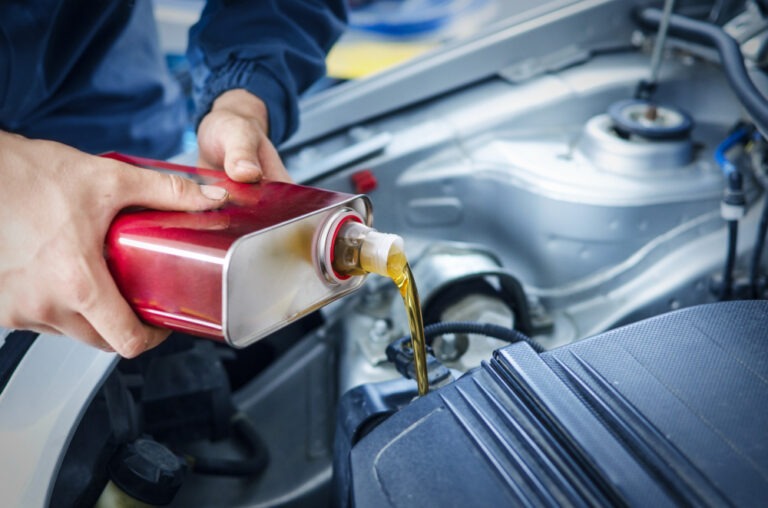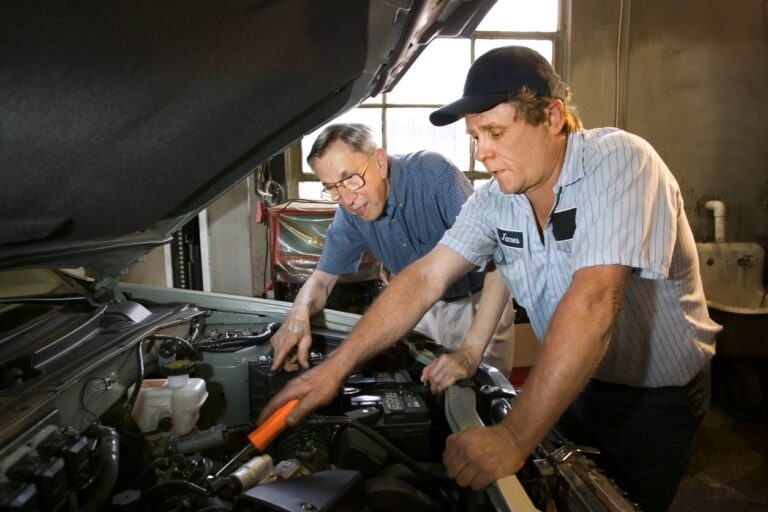Emissions control failures in a vehicle can lead to increased pollution, poor fuel efficiency, and even costly repairs. The emissions control system is designed to minimize harmful pollutants released into the atmosphere by filtering and controlling exhaust gases. When this system fails, it can result in a check engine light, poor performance, and, in some cases, failed emissions tests. Here’s an in-depth look at the causes, signs, and solutions for emissions control failures.
Common Causes of Emissions Control Failures
- Faulty Oxygen (O2) Sensor
The oxygen sensor monitors the amount of oxygen in the exhaust and helps the engine control the fuel-to-air ratio. A faulty O2 sensor can lead to excessive fuel consumption, higher emissions, and potential damage to the catalytic converter. - Malfunctioning Catalytic Converter
The catalytic converter reduces harmful emissions by converting pollutants like carbon monoxide and nitrogen oxides into less harmful substances. When it fails, it can lead to a significant increase in emissions and may cause a sulfuric or “rotten egg” smell. - Leaking Exhaust System
Cracks or leaks in the exhaust system allow unfiltered gases to escape before they can be processed by emissions control components. This leads to higher emissions and reduced engine performance. - Evaporative Emission Control (EVAP) System Issues
The EVAP system prevents fuel vapors from escaping into the atmosphere by collecting them and sending them back to the fuel tank. A malfunction, such as a loose gas cap or a leak in the EVAP system, can trigger the check engine light and increase emissions. - Faulty Mass Air Flow (MAF) Sensor
The MAF sensor measures the amount of air entering the engine. A malfunctioning MAF sensor can disrupt the air-fuel mixture, leading to poor combustion, higher emissions, and poor fuel economy. - Worn Spark Plugs or Ignition System Issues
Spark plugs play a crucial role in igniting the air-fuel mixture in the combustion chamber. Worn spark plugs or ignition problems can lead to incomplete combustion, resulting in unburned fuel being released through the exhaust.
Signs of Emissions Control Failure
- Check Engine Light
The check engine light is often the first indication of an emissions control problem. Diagnostic trouble codes (DTCs) from a scan can help identify the specific issue, such as a faulty sensor or component. - Poor Fuel Economy
Emissions control issues often cause the engine to use more fuel. If you’re noticing a drop in MPG, it could be due to an emissions control component that isn’t functioning correctly. - Increased Exhaust Smoke
Excessive smoke, especially if it’s black or blue, can indicate that fuel isn’t being burned properly, often due to issues with the oxygen sensor, catalytic converter, or other emissions components. - Unusual Smells
A “rotten egg” smell or the smell of raw fuel may indicate issues with the catalytic converter or EVAP system, respectively. These smells occur because harmful substances aren’t being converted or filtered correctly. - Failed Emissions Test
If your vehicle fails an emissions test, it is often due to a malfunction in one or more emissions control components. This failure can prevent vehicle registration in regions with strict emissions standards.
Solutions for Emissions Control Failures
- Replace Faulty Sensors
Replacing a faulty oxygen or MAF sensor can often resolve emissions control issues and restore proper fuel combustion. These sensors play a critical role in maintaining the correct air-fuel mixture. - Inspect and Replace the Catalytic Converter
If the catalytic converter is damaged or clogged, it may need to be replaced. This component is often expensive, but it’s essential for reducing harmful emissions. - Repair or Replace Exhaust System Components
Fixing any leaks or cracks in the exhaust system, including the muffler and pipes, can prevent unfiltered gases from escaping. Addressing leaks also reduces noise and improves engine efficiency. - Fix EVAP System Leaks
Tightening or replacing the gas cap can sometimes resolve EVAP system issues. For more complex leaks or valve malfunctions, a mechanic can perform a smoke test to locate and fix the leak. - Replace Spark Plugs and Ignition Components
Worn spark plugs, ignition coils, or other ignition components should be replaced to ensure complete combustion, improving fuel efficiency and reducing emissions. - Regular Maintenance and Inspections
Routine maintenance can prevent many emissions control problems. Regularly inspecting and cleaning sensors, replacing worn-out parts, and performing emissions checks can catch issues early and prevent more significant failures.
Preventing Emissions Control Failures
- Use Quality Fuel: Using high-quality fuel helps keep emissions components cleaner and reduces the risk of clogs or buildup in the catalytic converter.
- Perform Routine Inspections: Regular checks of the emissions control system, especially sensors and the exhaust system, help catch issues before they escalate.
- Address Issues Promptly: When the check engine light appears or unusual smells are detected, addressing the problem right away can prevent further emissions control issues and potential damage.
Emissions control failures not only impact the environment but also lead to poor performance and costly repairs if left unchecked. By keeping up with routine maintenance and addressing warning signs early, you can ensure that your vehicle’s emissions system runs efficiently and meets regulatory standards.







